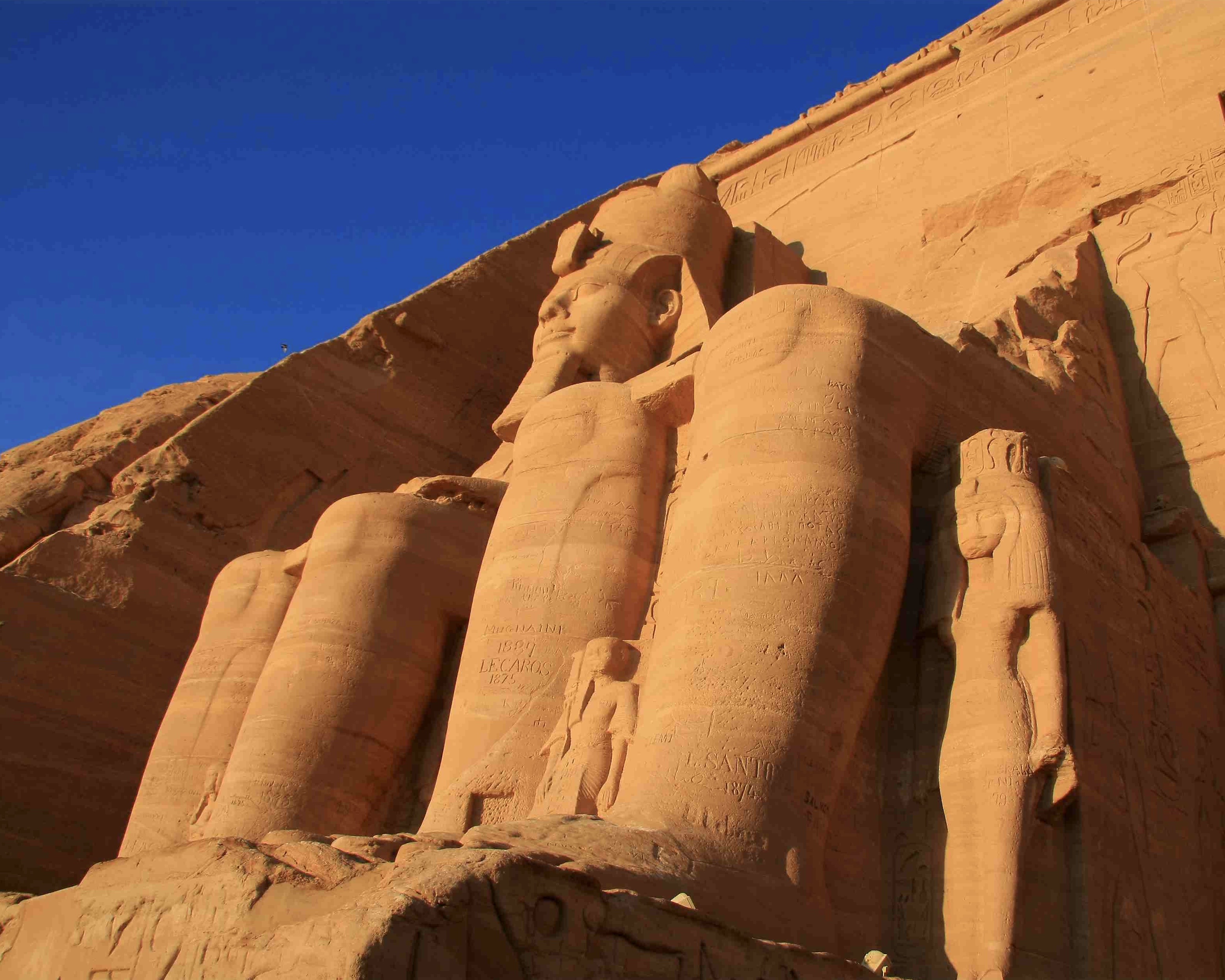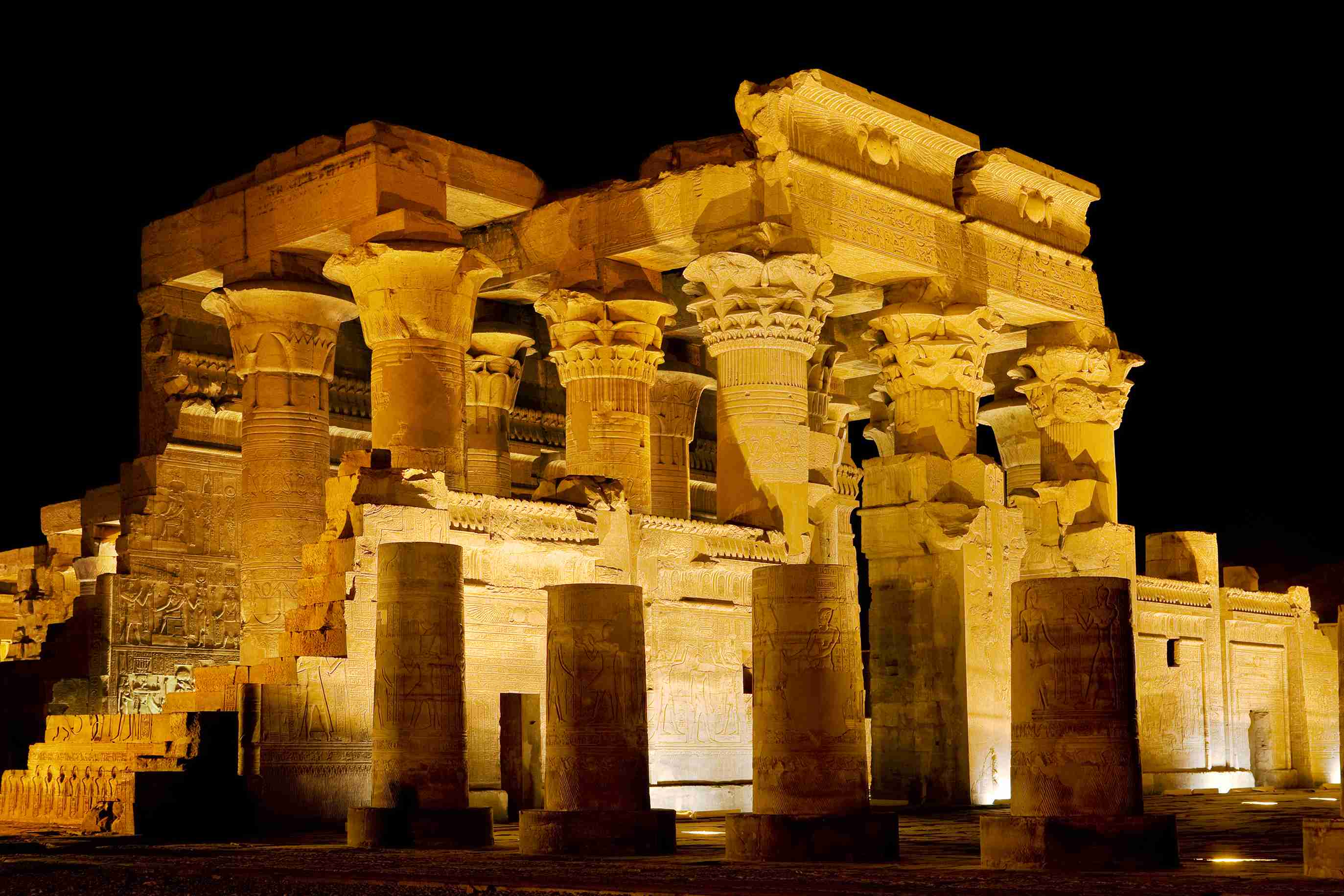
Solar Eclipse 2027 Egypt Ancient Lands Meet Cosmic Wonder
Pharaohs and Shadows: Experiencing the 2027 Solar Eclipse Above Egypt's Timeless Landscapes
The 2027 solar eclipse will be a breathtaking spectacle, blending the wonders of ancient Egypt with modern astronomy. While the pharaohs once believed these celestial events carried divine messages they could predict, today, you can witness this extraordinary phenomenon through the lens of science.
During the 2027 total solar eclipse, the moon’s shadow will sweep across some of Egypt’s most iconic landmarks. Imagine watching this rare event unfold over the Pyramids of Giza or the majestic temples of Luxor, where history and astronomy intertwine. These ancient sites provide not only a stunning backdrop but also a deep historical connection to the eclipse, making the experience even more meaningful.
This guide covers everything you need to know to witness this once-in-a-lifetime event. From the best viewing locations and their ties to ancient Egyptian beliefs to essential packing tips and expert advice on capturing stunning eclipse photos, this article has you covered. Whether you’re a history enthusiast or an avid stargazer, you’ll find all the details to make this cosmic experience truly unforgettable.
Path of 2027 Total Solar Eclipse in Egypt
The total solar eclipse of 2027 will take an extraordinary path across Egypt, blending astronomical wonder with historical significance. The moon’s shadow will first touch Egyptian soil at 10:19 AM EET on August 2, 2027, and the breathtaking celestial event will continue until 2:39 PM EEST.
Key Cities in the Eclipse Path
The eclipse will first be visible in Siwa Oasis and will then travel across several historically significant locations. Asyut, an ancient city lying directly in the path of totality, will offer a prime viewing experience. Luxor, home to magnificent temples and archaeological wonders, is another exceptional destination to witness this rare cosmic phenomenon.
Ancient Lands Meet Cosmic Wonder in Egypt
The eclipse path stretches across regions steeped in thousands of years of history. As the moon’s shadow moves eastward from the western desert, it will darken the skies over numerous archaeological sites and ancient monuments. This rare event presents a unique opportunity to merge modern astronomical observation with Egypt’s rich historical legacy.
Solar Eclipse 2027 in Luxor
Picture the grandeur of Luxor’s ancient temples basking in the golden Egyptian sunlight. Now imagine that light slowly fading, replaced by the eerie twilight of a total solar eclipse. On August 2, 2027, this breathtaking spectacle will unfold in the heart of pharaonic Egypt, offering an unparalleled viewing experience.
Luxor, often referred to as the world’s greatest open-air museum, will transform into a magnificent stage for this celestial event. Standing in the shadow of the colossal Karnak Temple or gazing upon the towering Colossi of Memnon as the sun disappears will be an awe-inspiring experience. This is more than just an eclipse; it is a journey through time, where the wonders of the past meet the mysteries of the cosmos.
The Magic of Luxor During the Solar Eclipse
Luxor stands out as one of the best locations to experience the 2027 total solar eclipse. The city's ancient temple complexes, built in devotion to Egyptian deities, will provide an unparalleled backdrop for the event. Their open courtyards and vast spaces offer clear, unobstructed views of the sky, making them ideal spots for witnessing this rare celestial alignment.
Duration of Totality Across Regions
The duration of the eclipse will vary depending on the location:
-
Siwa Oasis: The eclipse begins in mid-morning under clear desert skies.
-
Asyut: The shadow will move eastward during peak daylight hours.
-
Luxor: Viewers will experience several minutes of totality under optimal conditions.
Beyond Egypt, the eclipse path will extend into Saudi Arabia and across the Indian Ocean, allowing for multiple vantage points. However, Egypt’s southern regions will offer the most spectacular views, where cities along the path of totality will be plunged into complete daytime darkness, an otherworldly contrast against the backdrop of millennia-old monuments.
Best Places to View the Eclipse
Egypt offers a variety of exceptional viewing locations for the 2027 total solar eclipse, combining historical significance with optimal sky conditions. Whether among the ancient temples, in the vast desert, or aboard a Nile cruise, each location provides a unique experience of this astronomical event.
Ancient Temple Viewing Spots
Luxor’s temples are among the best places to observe the eclipse. Their spacious courtyards provide clear, wide-open views of the sky. Designed with celestial alignments in mind, these ancient structures offer a dramatic and historically significant setting for witnessing this rare phenomenon. Additionally, the large open areas allow for easy setup of viewing equipment without compromising the integrity of the archaeological sites.
Desert Observation Points
For those seeking a more remote and serene viewing experience, the vast Egyptian desert offers unparalleled conditions. Siwa Oasis, with its crystal-clear skies and absence of city lights, is an ideal location. The elevated areas of the Western Desert provide unobstructed 360-degree views, making it a photographer’s dream for capturing the eclipse against Egypt’s breathtaking desert landscapes.
Nile Cruise Viewing Options
A Nile cruise that follows the eclipse path gives viewers a special way to experience this event. These boats come with several benefits:
-
The ability to reposition for the best vantage point
-
Expert astronomers onboard to guide the experience
-
Comfortable amenities throughout the event
-
Stunning reflections of the darkened sky on the Nile’s surface
Since the eclipse will occur at different times across Egypt, starting at 10:19 AM EET and lasting until 2:39 PM EEST, choosing the right location is essential. Whether you prefer the historical grandeur of Luxor, the remote clarity of the desert, or the tranquility of the Nile, each viewing spot offers a distinct and unforgettable experience.
Ancient Egyptian Connection to Solar Eclipses
The 2027 total solar eclipse will not only be a breathtaking spectacle but also a link to the deep astronomical knowledge of ancient Egypt. Thousands of years ago, Egyptian scholars meticulously observed celestial events, recording their significance in hieroglyphics and temple inscriptions.
Historical Eclipse Records
Ancient Egyptian astronomers managed to keep detailed chronicles of solar events through hieroglyphic inscriptions in temples and papyrus scrolls. These records had multiple uses:
-
They predicted seasonal changes for agricultural planning.
-
Religious calendars stayed up-to-date.
-
Temple construction lined up with celestial patterns.
Ancient Egyptians showed remarkable advancement in astronomical knowledge. They tracked celestial bodies and predicted solar events with great accuracy. Their observations became the foundation for modern astronomical calculations.
Solar Events in Egyptian Mythology
Solar eclipses held profound spiritual significance in ancient Egypt. The sun god Ra, central to Egyptian mythology, was believed to momentarily lose his power during an eclipse. These events were often seen as omens, influencing religious ceremonies, royal decrees, and temple construction.
The upcoming 2027 eclipse will pass over sites where ancient Egyptians once observed the skies, such as the temples of Luxor. These structures, precisely aligned with celestial movements, are enduring testaments to their advanced understanding of astronomy.
Preparing for the Eclipse Experience
Proper preparation will ensure a safe and unforgettable viewing experience of the 2027 total solar eclipse in Egypt. Understanding weather conditions and using the right equipment are crucial factors for making the most of this celestial event.
Weather considerations
August in Egypt provides near-perfect conditions for eclipse viewing, with clear skies and minimal cloud cover. The best locations for optimal visibility include:
-
Siwa Oasis: Consistently pristine atmospheric conditions
-
Luxor: Predictably clear summer skies
-
Asyut: Stable, dry weather for uninterrupted viewing
Required Viewing Equipment
To safely observe the eclipse, essential protective gear is required:
-
ISO 12312-2 certified eclipse glasses to prevent eye damage
-
Solar filters for telescopes and cameras
-
Portable shade structures for comfort in desert locations
-
Adequate water and sun protection for prolonged outdoor exposure
Important: Regular sunglasses are NOT sufficient for eclipse viewing, even if layered.
Photography Tips
Capturing the eclipse requires careful planning and specialized equipment. To ensure high-quality images:
-
Use a tripod for camera stability.
-
Apply solar filters before and after totality.
-
Prepare for the diamond ring effect by adjusting settings quickly.
-
Arrive early to test exposure levels based on eclipse phases.
Since the total eclipse duration varies by location, meticulous timing is essential for photographers to capture each stage perfectly. Having alternative viewing spots in case of unexpected weather changes is also advisable.
Solar eclipses have fascinated humanity since ancient times, and Egypt’s rich history makes it one of the most extraordinary places to witness the 2027 event. Whether observing from the pristine skies of Siwa Oasis, the awe-inspiring temples of Luxor, or aboard a tranquil Nile cruise, this eclipse promises to be an unforgettable experience.
To the ancient Egyptians, eclipses were cosmic messages; today, they offer a chance to bridge history with science. With the right preparation and safety measures, you can witness an event where modern astronomy and ancient wisdom meet under Egypt’s timeless sky.
Start planning now; on August 2, 2027, Egypt will host a celestial event like no other. Don’t miss your chance to be part of history!
Related Articles

Planning a Trip to Egypt
Planning a trip to Egypt offers not just a vacation, but an adventure into history, culture, and wonders that have fascinated humanity for millennia.

Kom Ombo Temple is A Double Dedication
Kom Ombo Temple has an strategic location on the Nile River in Aswan makes it a popular stop on Nile cruises between Aswan and Luxor.

Gebel el-Silsila Aswan
Gebel el-Silsilais a mountainous region located approximately 65 kilometers north of Aswan, between Edfu and Kom Ombo.
